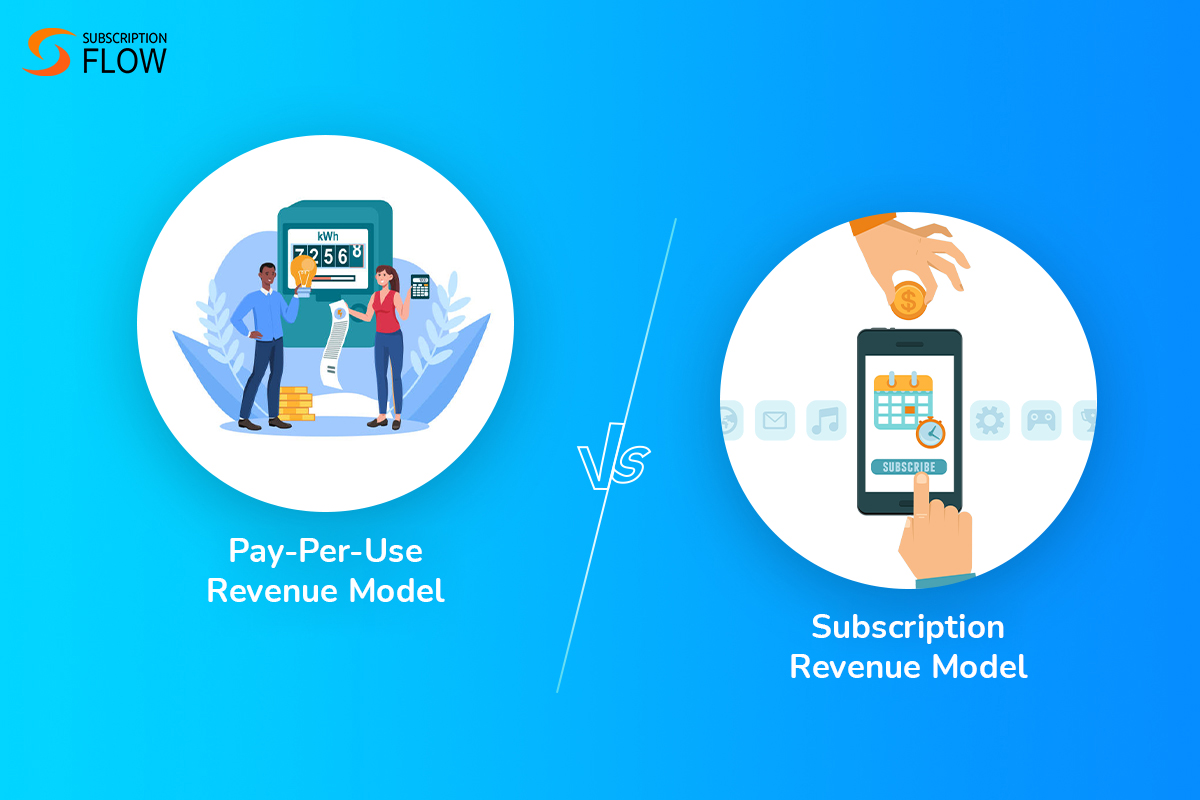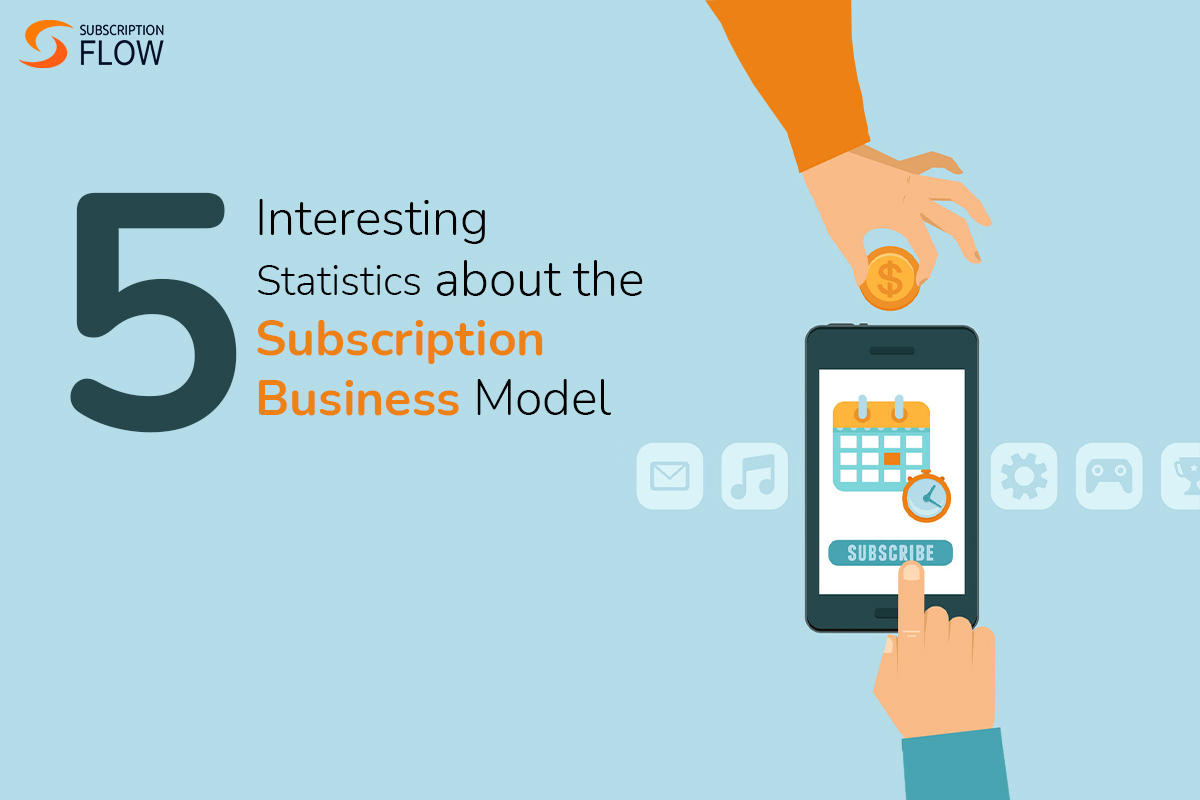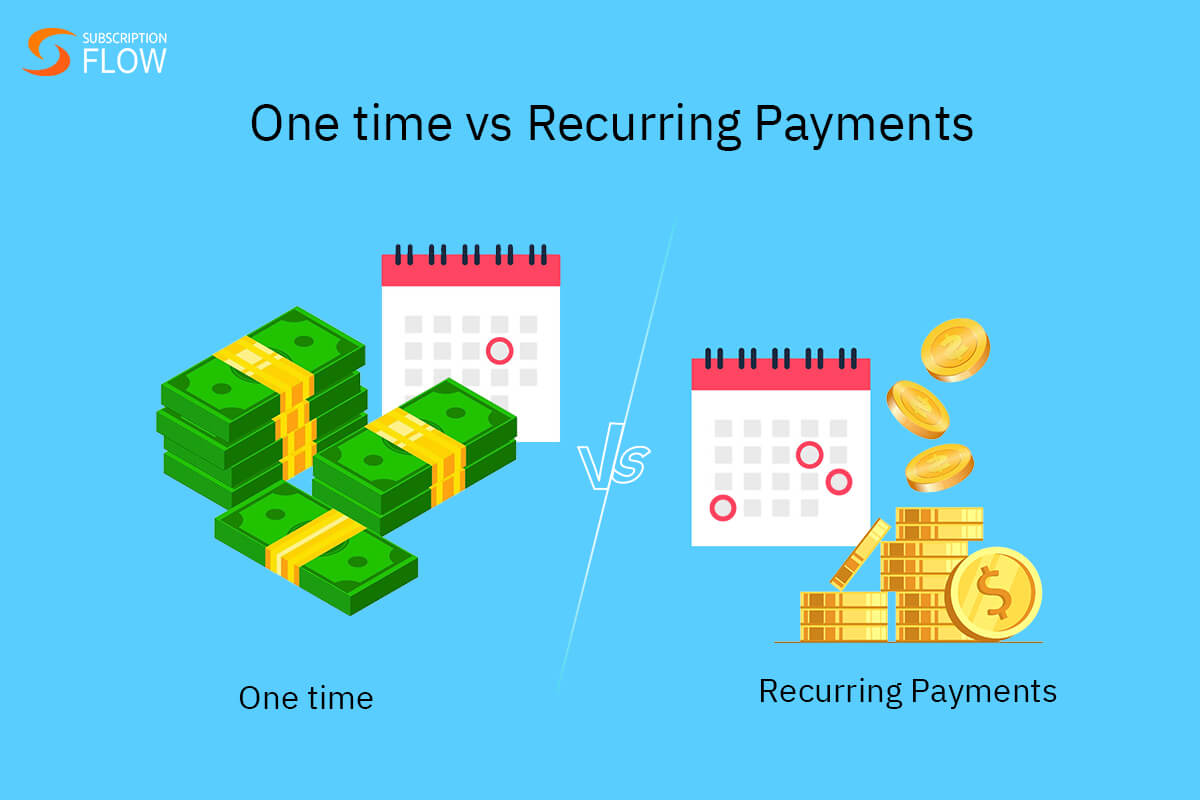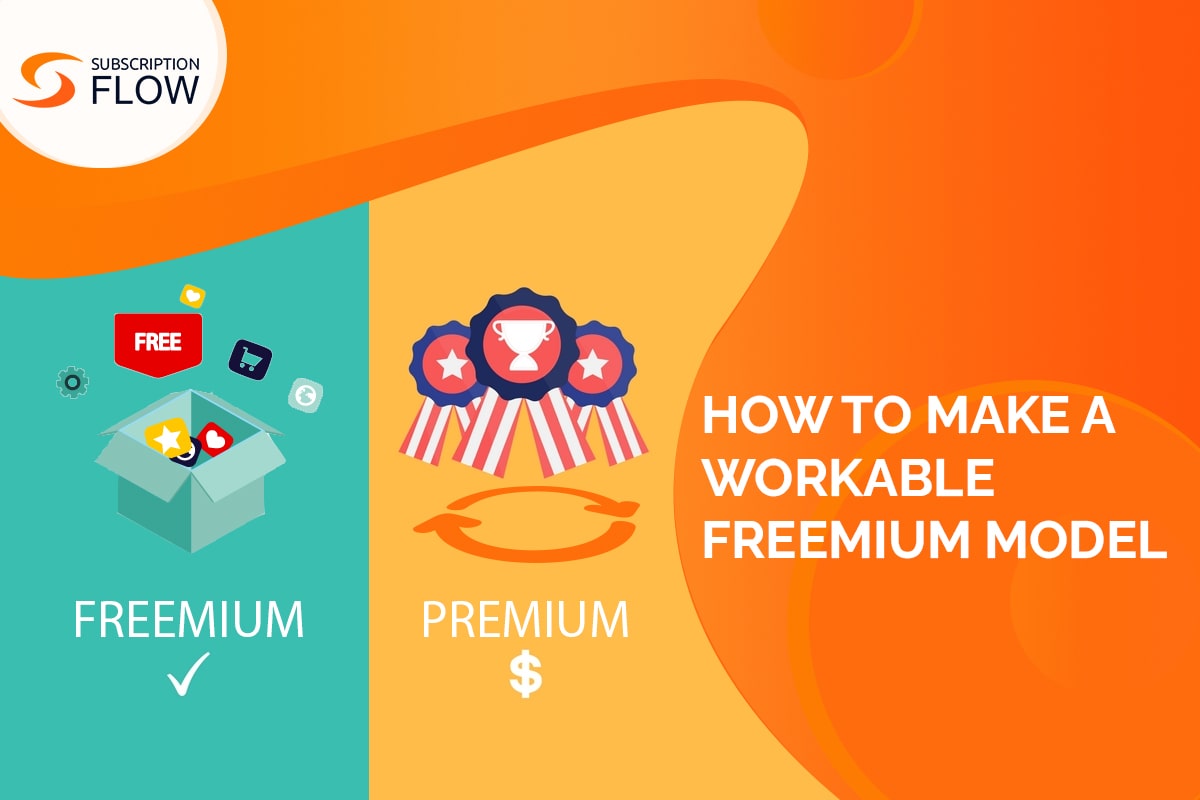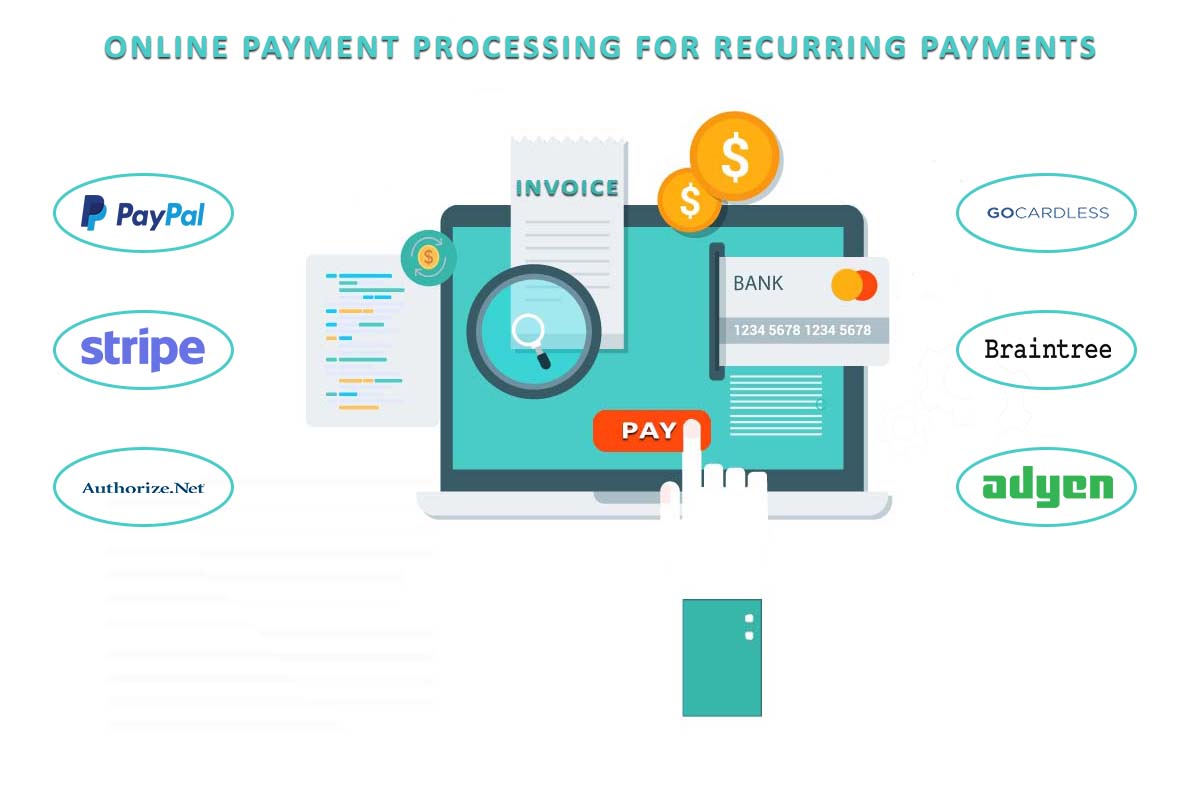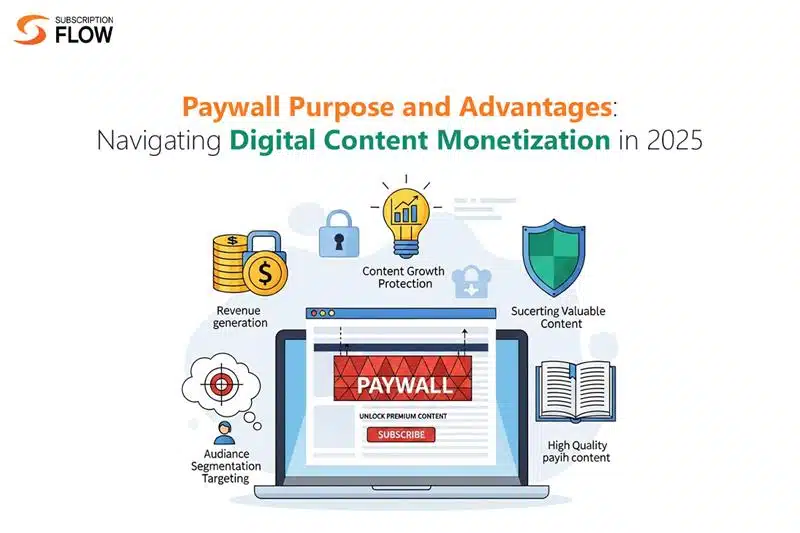
Paywall Purpose and Advantages: Navigating Digital Content Monetization in 2025
The world is fast replacing the physical with digital material. With free content, media companies, and publishers available online, paywalls represent a pivotal shift in how digital content is consumed.
However, this momentum shift is a double-edged sword that the masses are still struggling to acclimate to. Most view it as a way to keep the users out rather than offering them value. And in the digital realm, that is a legitimate concern.
At its core, a paywall is about unlocking revenue, engagement, and long-term sustainability. It elevates the value of the work produced by digital publishers, SaaS platforms, and other content creators. It also helps build loyal communities.
In this blog, let’s explore why paywalls matter and how they benefit industries navigating digital content monetization.
Paywall Purpose and Advantages
The purpose of a paywall is to enable businesses to charge users for access to high-quality content. It helps them reduce dependence on advertisements and open doors for a consistent revenue stream.
Essentially, paywalls turn content into a product, seamlessly enhancing its credibility. They promote brand reputation and a higher perceived value of the service.
Let’s understand the purpose of a paywall through the benefits it provides.
Steady Revenue Generation
Paywalls provide a direct revenue stream as compared to traditional advertising revenues. Income streams such as advertising, affiliate links, and sponsorships are collecting dust as paywalls become popular.
One of the reasons is that a subscription-based paywall model increases financial predictability. This opens doors for better planning and execution. Additionally, businesses can sustain their operations and produce innovative and high-quality content.
Strengthened Brand Perception
Nowadays, content is freely available online. However, free content is usually perceived as less valuable than content that comes with a price. The sheer difference is the cost. Paywall content allows businesses to represent themselves as providers of premium content.
This captures the attention of consumers who find the content worth investing in. Eventually, it improves your brand’s perception.
Enhanced Customer Quality
Customers who pay for content usually turn out to be more genuinely engaged and committed to it. This provides a useful demographic representation for focused marketing. Businesses can dive deeper with access to audience behavior and preferences.
They can deliver personalized experiences and premium content. In addition, it helps them identify opportunities to upsell or cross-sell.
This information can be used to deliver tailored experiences, exclusive content, and upsell or cross-sell opportunities.
Brand Leadership
Setting up paywalls ensures that the content is being viewed in the context the provider intends it to. This helps them in maintaining control over their brand and managing the distribution of their material.
Customer Choice
The most general use of paywalls is to unlock exclusive functionalities and features. This represents value for money for those who have chosen to pay. At the same time, it doesn’t exclude those users who have chosen to decline.
Some classic examples are Spotify and YouTube. Customers choose to pay for these platforms even though they could be using them for free.
Paywall Challenges
Although paywalls offer many benefits in the contemporary world, there are some drawbacks worth noting.
Loss of Traffic and User Resistance
A paywall isn’t everyone’s cup of tea. Certain free uses might hit the reverse gear when they encounter a paywall. This could be because they’re used to interacting with free content and may be reluctant to pay.
This resistance might cause a drop in traffic, thereby impacting your company’s overall reach and ad revenue goals.
Lack of Perceived Value
Customers won’t pay for content they don’t perceive as valuable. This causes a decline in content exposure and hinders audience growth.
Technical Challenges
Poorly strategized paywall implementation can be harmful to the company’s financial health.
A proper infrastructure, customer support service, and access strategy are key. However, they demand labor and are resource-intensive.
Types of Paywalls
Different types of paywalls are designed to meet the various needs of businesses. Let’s look at some of the common ones:
Metered Paywall
A metered paywall is a balanced approach to offering access to a limited amount of content for free and the rest for a certain price. For example, users get access to 3 articles per month for free. This limit cannot be exceeded without a subscription.
Businesses can adjust the type and quantity of content that is available to different users. This flexibility simplifies the reader to subscriber process. It also has a higher conversion rate.
Hard Paywall
Hard paywalls don’t allow access to any content unless a user buys a subscription. They are risky to implement since users might get discouraged from subscribing to content they can’t preview.
Nevertheless, it is a suitable option for businesses that want to target a niche audience.
Dynamic Paywall
A dynamic paywall is personalized to the user experience. It is based on factors such as browsing history, location, and engagement levels.
It allows a more targeted subscription experience customized to the user’s taste.
Soft Paywall
Soft paywalls allow users to access content before committing to a subscription. They are often synonymous with metered billings and offer flexibility.
This type of paywall encourages users to subscribe to your platform since they experience the content first-hand.
How SubscriptionFlow Supports Paywall Implementation for Businesses
Incorporating a paywall in your business strategy opens up multiple revenue streams. As digital content traverses the path of monetization, the need for custom implementation and seamless management grows.
If you’re looking to invest in the right paywall, you’ve ended up at the best place.
SubscriptionFlow offers industry-leading paywall integration and plan management services. Our wide suite of seasoned experts installs relevant paywall systems based on your goals and user patterns. Not only that, but they also personalize access conditions to align with your business needs.
Whether you’re looking to implement a hard paywall, soft paywall, metered paywall, dynamic paywall, or a hybrid model, SubscriptionFlow matches the solution to your strategy.
Easily monitor your paywall’s performance with in-depth reporting and visibility. This involves evaluating conversion rates, revenue trends, and subscriber behavior.
Bottom Line
Paywalls are quickly becoming essential to a company’s long-term success. This is because they help in generating revenue and offer quality and exclusivity.
Navigating the pros and cons of a paywall will help you decide and implement your business strategy successfully.
Whether you’re a digital creator, SaaS company, blogger, educational platform, or service provider, a well-structured paywall can help you break through in the online market.
If you’re seeking top-grade paywall services, contact SubscriptionFlow professionals right away!

